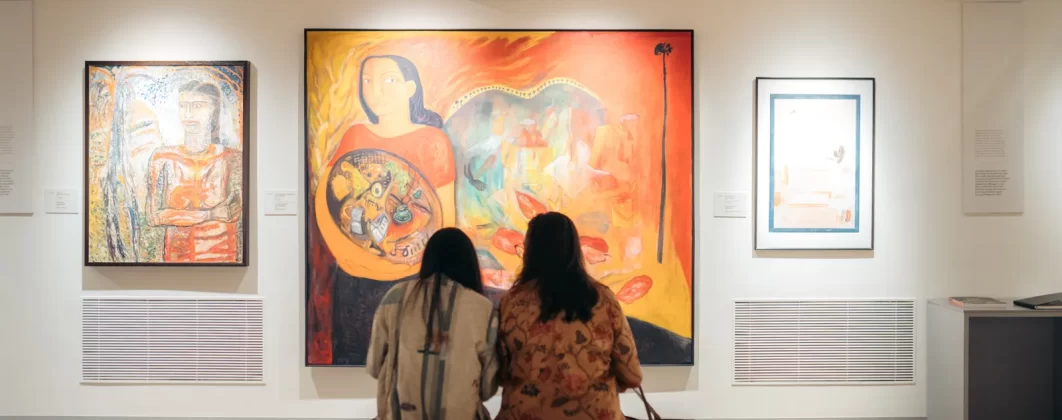
When YK Antiques Home Museum visited MAP, Bangalore
“Real museums are places where time is transformed into space” – Orhan Pamuk
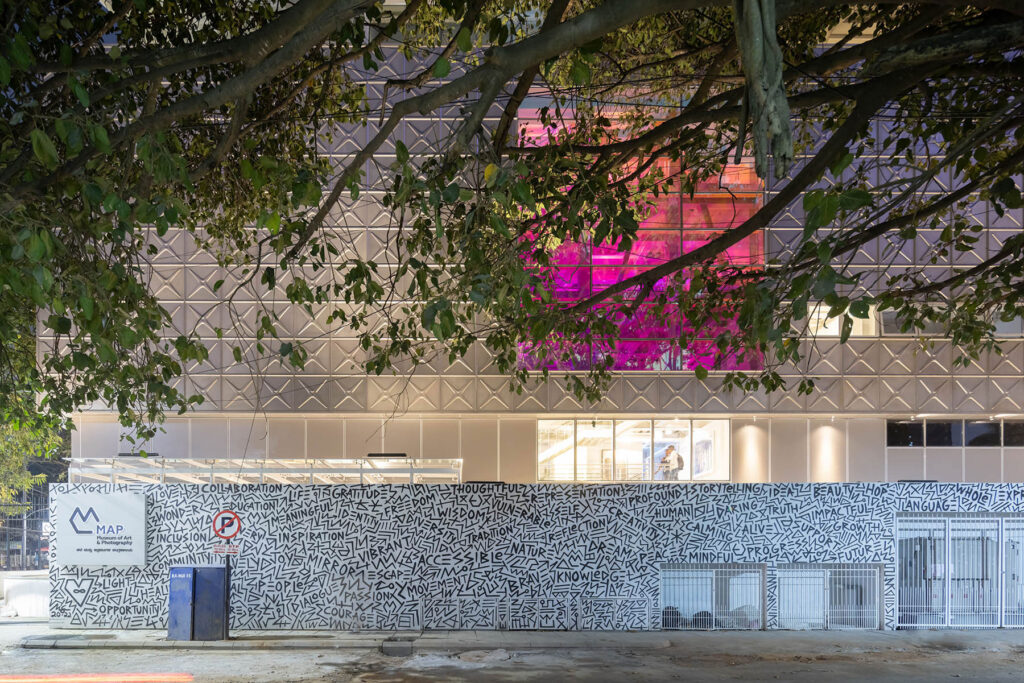
A modern museum showcasing the “visible and invisible”, MAP (or the Museum of Art and Photography) Bangalore, is hinged on collecting and curating items of association, awareness, and experiences from mundane to theatrical and simple to exotic. It focuses on contemporary art and photography that voices the unknown nuances of our landscape and has been thriving to bring them into light and life and educate the masses about their existence. Ever since the museum opened its doors to the public physically, the crowd of enthusiasts, educators, students, and commoners have been visiting this uniquely designed building which exhibits both permanent and temporary collections, each of them narrating a story of their own time and setting.
With over 16,000+ artworks and gorgeous interiors, MAP takes pride in blending openness, accessibility, and functionality which not just keeps the audience involved and guided but also helps the physically challenged to tour around easily. With the Unity in Diversity concept at play, this is one of the first digital museums in India with both tactical and non-tactile exhibit displays and interactive sessions promoting user engagement and helping them associate with the artist’s thoughts and processes. Aimed at upending the “physical first, digital next” motto, the museum wants to preserve our country’s rich artistic legacy by democratizing art and culture and making it accessible to diverse audiences. Their collection has been divided into pre-modern art, modern and contemporary art, living traditions, photography, popular culture and textiles, crafts, and design.
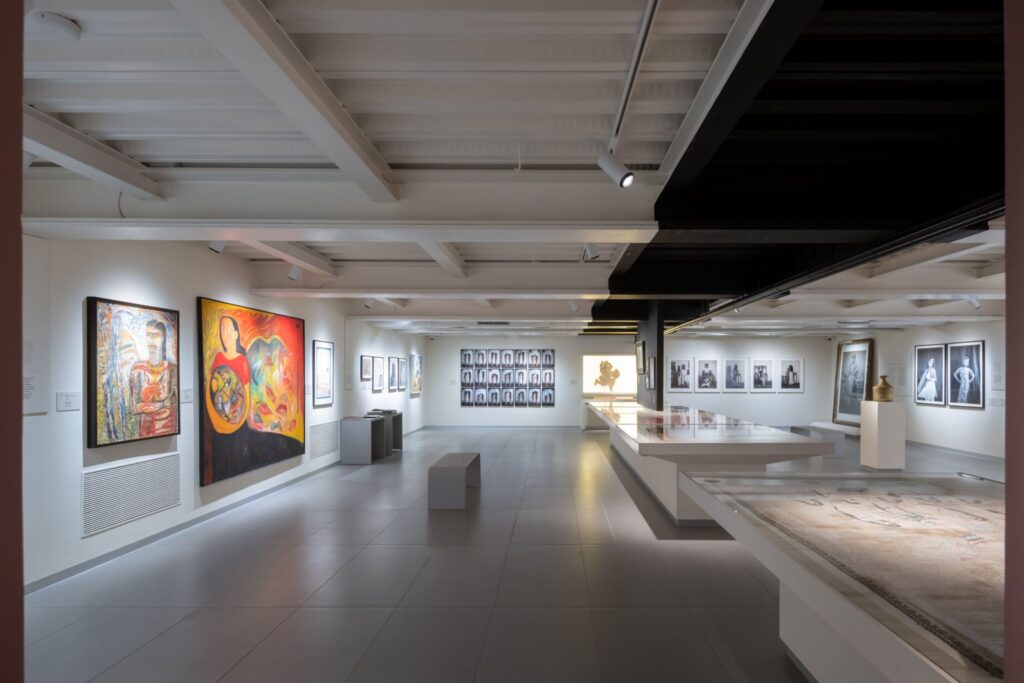
Even though I have been following MAP’s work for quite some time now, I was blown away just like the others when they announced their museum opening in Bangalore and my first trip to it was rather an exciting affair. MAP’s intuitive way of museum interactions is always on cards when we all sit to discuss creative ideas for YK Antiques Home Museum. I was over the moon when Bala, our in-house designer, called me about their visit to Bangalore and their plan to visit MAP. Since I was planning to go to the museum myself, I was more than happy to tag along. It was undoubtedly an interesting interjection– a home museum touring an art and photography museum.

MAP’s design is very intriguing with post-modern architecture unfolding the tales of India’s post-colonial era in decreet and shielded hallways and shimmering enclosures under the bright UV rays. It feels like the building widens as we move around adding drama to the display. The welcoming lights, QR codes, and 3D holograms underpin the digital technology and museum experience.
A transformational experience blurring the thin line between creativity and community outreach, MAP’s curation spans from contemporary work to personalized conversations. We were welcomed into the reception plaza by carefully curated 21st-century sculptures that seemed to match our enthusiasm and added a pinch of anticipation to our already excited minds. The gentlemen at the reception desk gave us an outline of the day’s itinerary and handed us the brochure with full details.
That week’s exhibition showcased Jyothi Bhatt’s iconic portraits named Jyothi Bhatt: Time & Time Again and Mindscapes: In the Company of Others. Taking the tokens for both exhibitions, we began our journey meandering around the hallway at the topmost floor (Well! The staff insisted we start from the top exhibits and then slowly walk down).
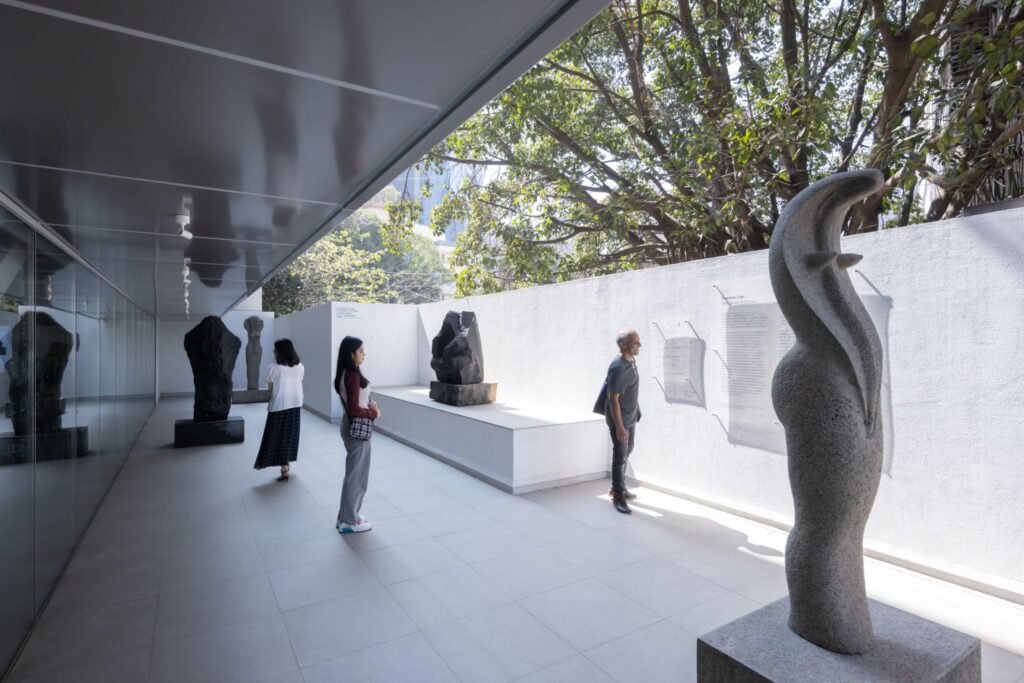
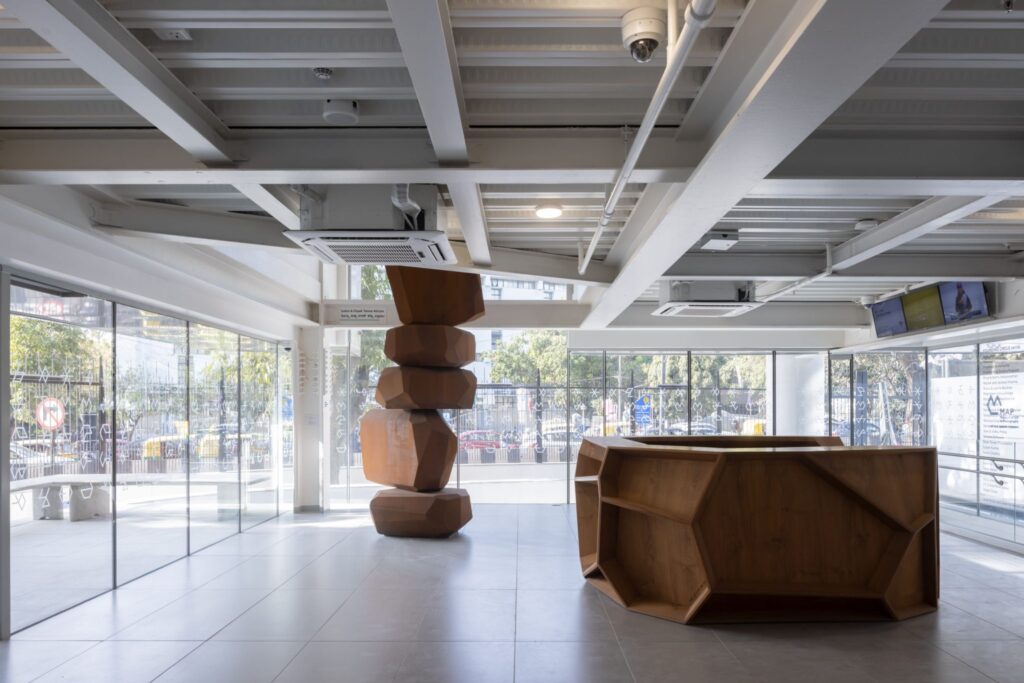
The top floor houses the permanent display of art and sculpture with an audio tour talking about the history and themes from abstract art to movie posters to antique collectibles. It was a nostalgic experience for anything we saw or touched took us back in time and we could revisit an old memory.
Y Krishnamurthy sir (the founder and collector at YK Antiques Home Museum) was talking about the good old days of typewriters and how tapping the keys on it all day long was someone’s bread and butter. (There was an antique typewriter in a glass display, quiet and shiny and surely woken up from sleeping from our chatter). He was telling us about the different typewriters he came across in his working days, how only a few stores would sell the paper that fit in them, how it was an art to fit the paper right without jamming, and the fresh smell of the ink once the typing is done. He was surely remembering his younger days, sitting in front of one and typing a letter or a note. (I’m sure he must be listening to the sound of the keys)
While YK sir was reminiscing about his typewriter days, we (Bala, Satya & I) were talking about cinema and how technology influenced movie-making for the last few decades. The display corridor was a ride through the history of Indian filmmaking and we were enjoying it thoroughly throwing in some dialogues from classics and singing a few lines composed by some legends! (The passageway was filled with antique posters dating back to the 1950s! I was on cloud nine looking at a lithography print of the Mother India poster with its film reels on the side. There were reel containers on the display with markings of an ancient time, the 40s &50s.)
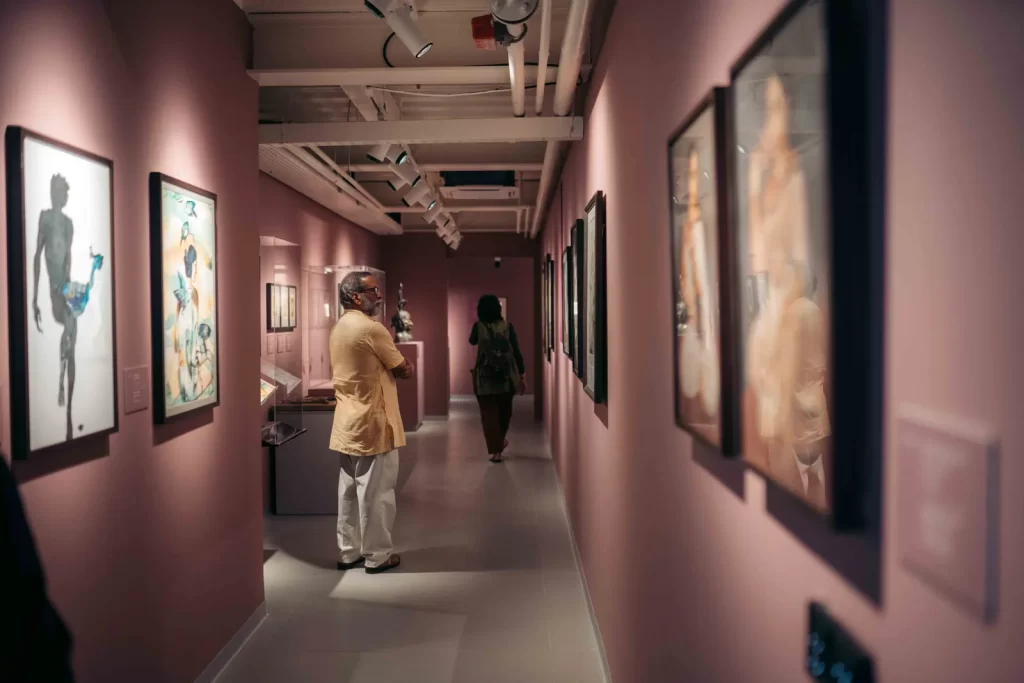
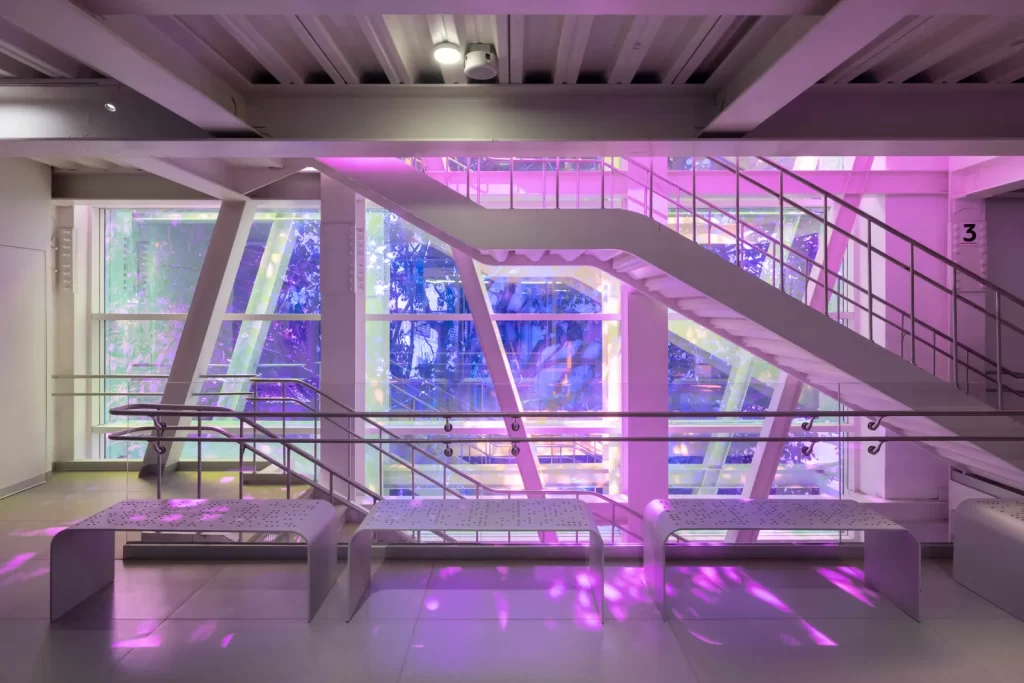
Steering down the third floor under UV lit staircase in all pink and purple seemed like traveling in time and entering into an era, completely different from the one we last visited. This had Jyothi Bhatt’s photography exhibition (Jyothi Bhatt: Time & Time Again) with a 2-minute documentary setting the context of his invaluable documentation of rural India and its people. Each photograph is a piece of art, for it sheds light on subtle details and simple lives. Some of them were antique and showed the struggles of a ruptured era of partition, lives in Indian villages before globalization, and those black-and-white times far away from smartphones and colour TVs. The display canvas had a tale to tell and we were listening to them in silence sinking into every moment. The collection was well-choreographed and allowed the audience to respond or relate to each masterpiece as they walked past it. Time seemed to have slowed down and by the time we reached the exit, Satya was talking about how light and contrast can change the way we look at the photographs. (He was blown away by Bhatt’s work and was talking about trying a few tricks from his observations next time he photographs our museum’s antiques.)
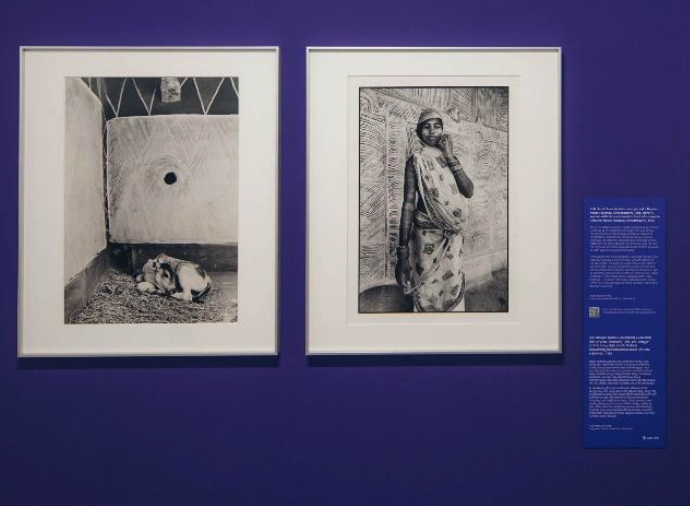
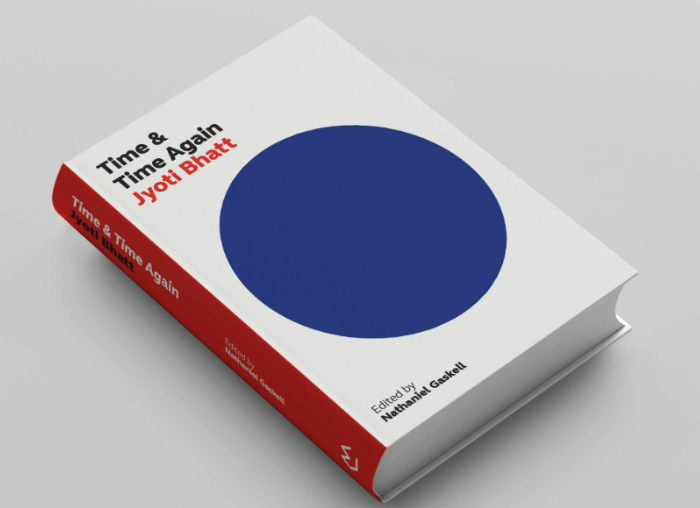
Another flight of time travel landed in the magical world of books! MAP houses a research library with some rare collections of books, journals, and aged documents sealed safely behind metal doors. While access is limited only to the museum authorities, just being there is an enthralling experience. I had my “Hermione in Hogwarts” moment and was talking to YK sir about starting a rare book collection at the home museum and inviting people over to discuss their collection as well. He seemed to like it and that’s all I needed. I was still savoring that moment when I turned around and saw the antiques room. I called Bala and YK Sir to show him a few relics that were similar to the ones we had at YK Antiques. YK sir was talking about the intense care antiques need and how he has been reading about the preservation techniques museums follow to ensure they don’t cause any damage. He recommended conventional cleaning techniques over these new-age chemical treatments (He knows his antiques well!)
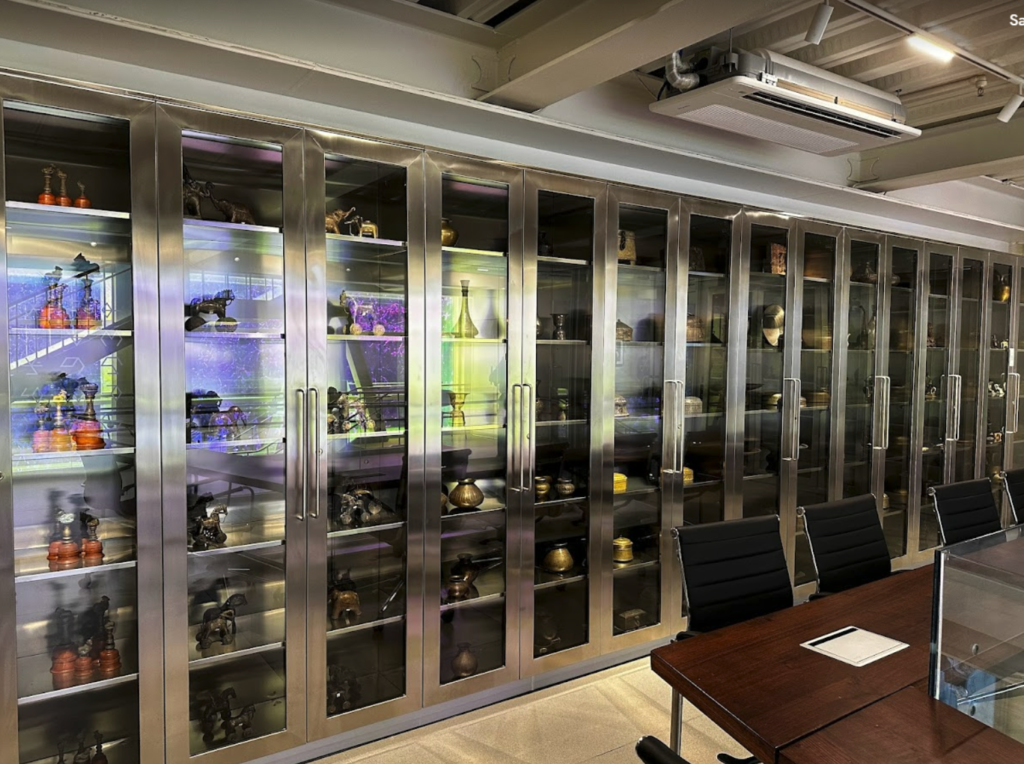
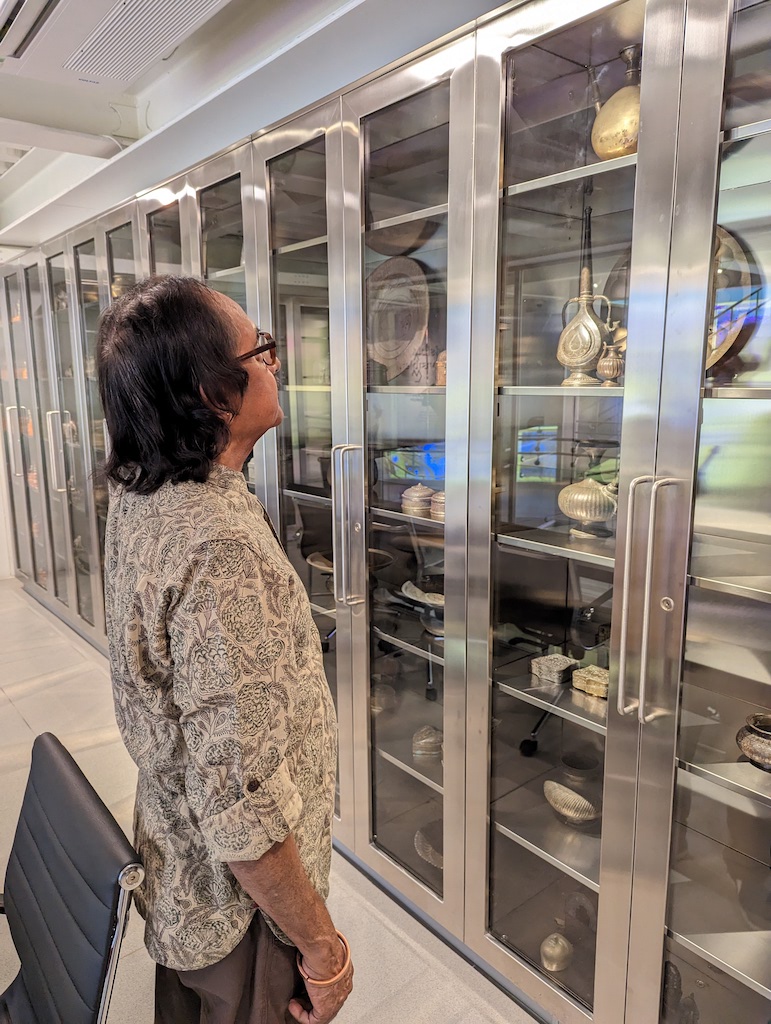
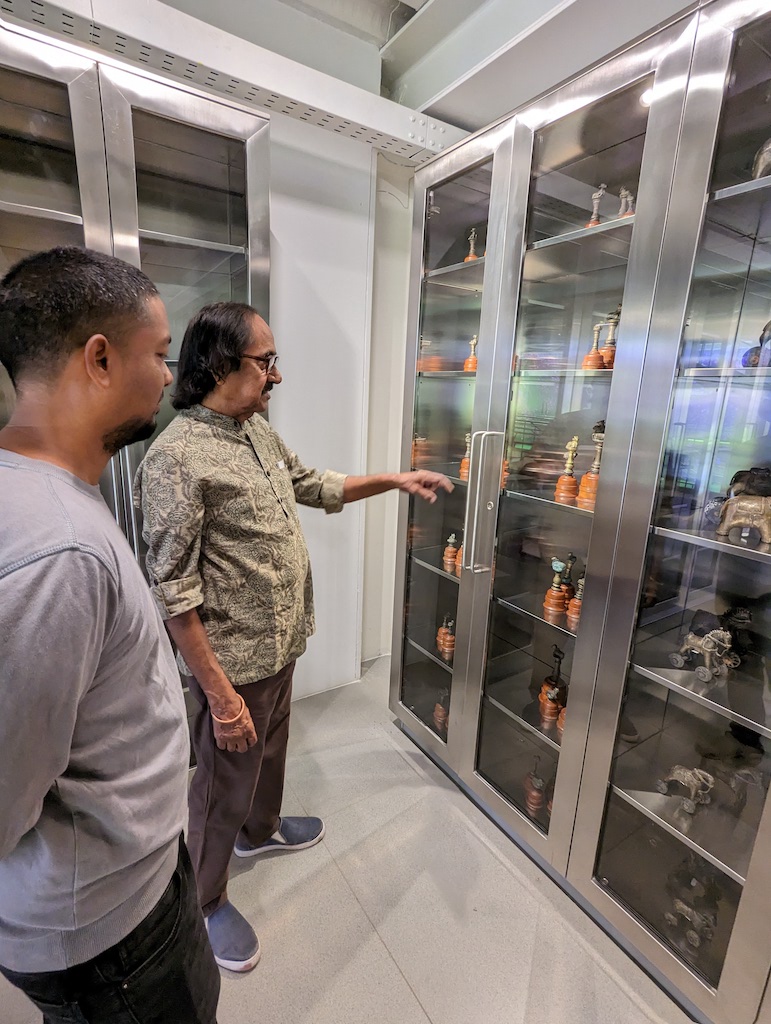
Talking about our takeaways from the top floors we finally landed on the ground floor which housed the Mindscapes: In the Company of Others. Through Namma Bengaluru’s overlapping dialects and identities, we peeked into the lives of the residents of Lingarajapuram. With items of daily use, artist Indu Antony manages to weave the emotions of joy, fear, belonging, and trauma from the conversations of the women and address issues like mental health and awareness through cultural change and association. Mindscapes talks about the language of health and care and how the city’s shared space is healing them gradually.
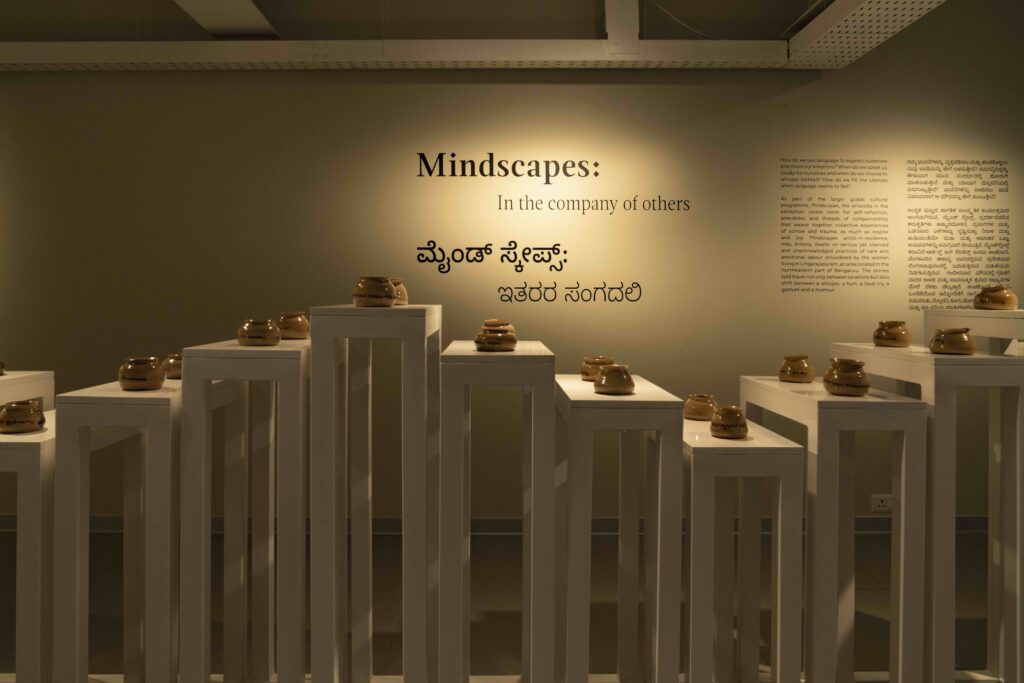
Gone are the days when museums reminded us of dusty and boring places to kill time on a lazy holiday. Today museums are talking about bringing in the narratives of what’s happening around us through art, architecture, just memories, and association. They have been playing a key role in educating people through various mediums like exhibitions, discussions and talks, research, and outreach programs. They have open doors to technology and interaction balancing the traditional and modern, concrete and abstract, and digital and physical.
Museums like MAP, INR Submarine Museum, YK Antiques Home Museum, etc foster these positive spaces into threads of a sustainable future with innovation and community engagement. We need museums because they are full of possibilities and opportunities. There is a growing need to not just teach our past but to implement these with an open mind and museums are seen as a driving force to bring in this change through innovation and community building.
Lingering around the building with surprises at nooks and corners made our day! While conventional museums often end up being mundane and often unrelatable or forgotten at the exit, MAP gave us a space not just to reflect on what we say but also helped us to look at antiques from a different perspective. While art and photography at the museum had different stories of their own, each of us took one version for ourselves and added our own experiences or stories to it, making it richer and more memorable. At YK Antiques Home Museum, we often discuss talk findings new ways to create awareness about antiques and voice their muteness for interesting stories, and our visit to MAP help us.
MAP is open Tuesday to Friday from 10 am to 6:30 pm and Saturday to Sunday from 10 am to 8 pm. General admission to the museum will be free while they charge for the exhibition tickets and have concessions and discounts as well.
YK antiques home museum is a private collection turned museum that strives to keep the tales of antiques alive. With a mission to transform museums into spaces of social transformation, we are devoted Brimming with ideas for cultural exchanges, we at YK Antiques Home Museum hope to encourage creative conversations, curated visits, and enthralling experiences for all those who want to learn about our culture and rich heritage.
Focusing on the past and bringing our community together, antiques are an important link that connects our past to our present and future. It is very important to preserve these stories so that we can share these experiences with future generations.
www.maps-india.org
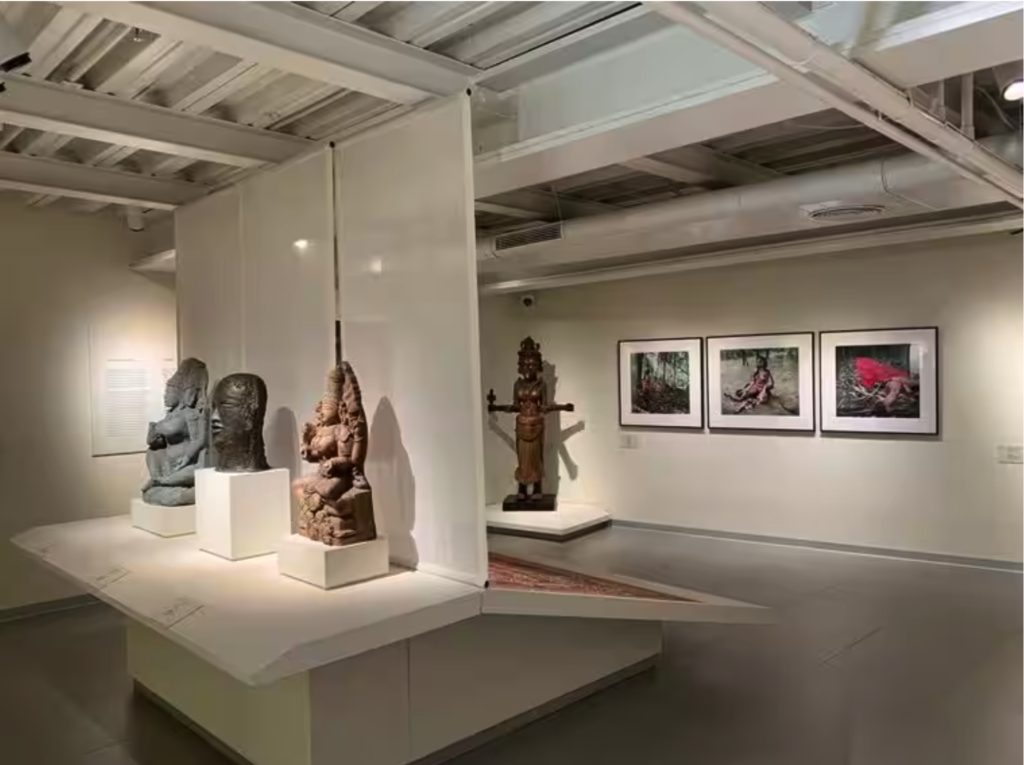
References:

Copyright © 2021 YK Antiques Home Museum
One Response
Fantastic